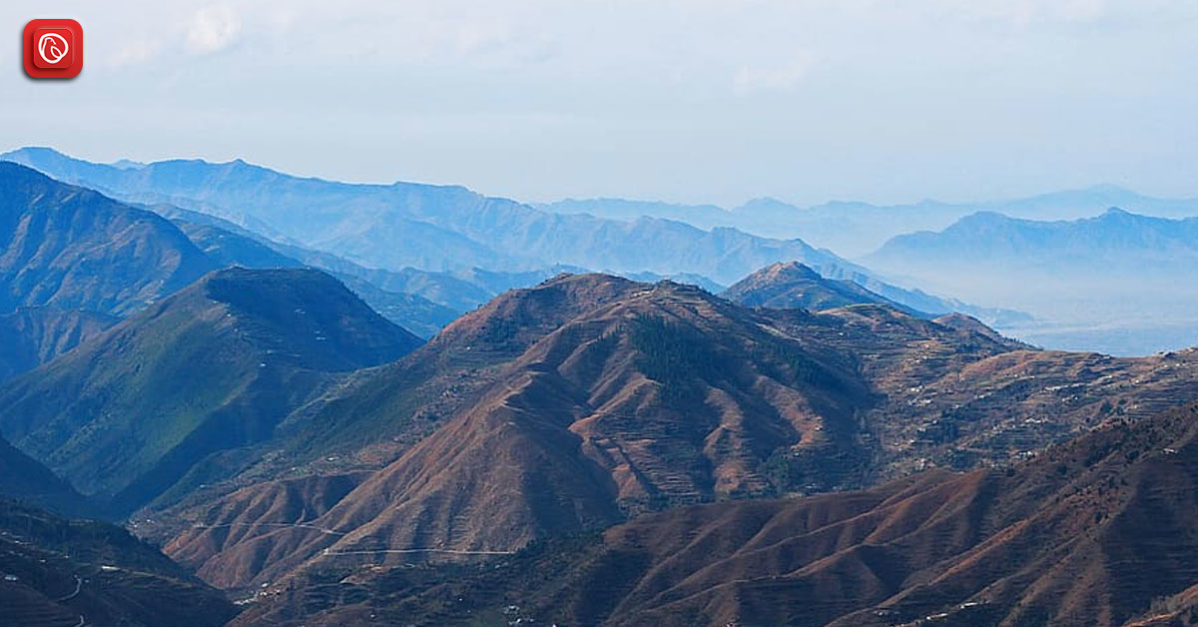Shangla is among the top districts in northern Pakistan that need to be explored. It is located in the Malakand division in KPK. The district headquarters is located in Alpuri, and the biggest city is Besham. Shangla district is a hidden gem known for its breathtaking landscapes, rich cultural heritage, and unique administrative structure.
This blog by graana.com delves into the various facets of Shangla District, offering an in-depth understanding of its geographical features, historical significance, cultural richness, and administrative framework.
Demographics of the Shangla District
The district presents a fascinating demographic profile shaped by its historical background, geographical features, and socio-economic conditions. This section provides a detailed overview of the population characteristics, ethnic composition, language distribution, and social structure of Shangla District.
| Category | Details |
| Total Population | Approximately 757,000 (as per the latest census) |
| Population Density | About 477 people per square kilometre |
| Urban Population | Approximately 18% of the total population |
| Rural Population | Approximately 82% of the total population |
| Major Languages | Pashto, Kohistani, Urdu |
| Literacy Rate | Around 28% (with a significant disparity between male and female literacy) |
| Gender Ratio | Approximately 104 males for every 100 females |
Geographical Landscape
Shangla District is located in the northwestern part of Pakistan and is characterized by its mountainous terrain, lush green valleys, and scenic beauty. The district spans an area of approximately 1,586 square kilometers and is bordered by the districts of Swat, Kohistan, and Buner. Key geographical features include:
- Mountain Ranges: Shangla is part of the greater Hindu Kush Mountain range, boasting several peaks that attract trekkers and nature enthusiasts.
- Rivers and Streams: The district is traversed by the Indus River and its tributaries, vital for local agriculture and ecology.
- Forests: Dense forests of pine, deodar, and oak cover significant portions of Shangla, providing habitats for diverse flora and fauna.
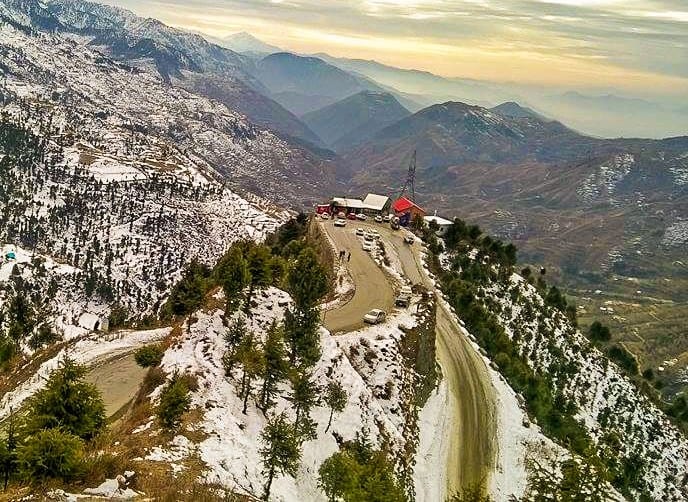
Historical Background
Shangla has a rich historical tapestry, influenced by various cultures and civilizations over the centuries. The region was once part of the Gandhara civilization and has seen the rule of Mauryans, Kushans, and later the Mughal Empire. In the modern era, Shangla became a district in 1995, carved out from Swat District, highlighting its distinct cultural and administrative identity.
Cultural Heritage
The cultural fabric of Shangla is a vibrant blend of traditions, languages, and festivals. Key cultural aspects include:
- Languages: The primary languages spoken are Pashto and Kohistani, with Urdu being widely understood.
- Festivals: Local festivals such as Eid, traditional Pashto music, and dance events are celebrated with great fervor.
- Craftsmanship: The district is known for its traditional crafts, including weaving, embroidery, and woodwork.
Administrative Framework
Shangla District’s administrative structure is designed to manage its unique geographical and socio-economic challenges effectively.
The district is subdivided into three Tehsils:
Alpuri Tehsil
The district’s administrative capital, Alpuri, serves as the central hub for governance and commerce.
Puran Tehsil:
Known for its agricultural activities, Puran is a key contributor to the district’s economy.
Besham Tehsil
Besham is strategically important due to its proximity to the Karakoram Highway, enhancing connectivity and trade.
Each tehsil is further divided into Union Councils, the smallest administrative units, facilitating local governance and community participation. The district administration is headed by a Deputy Commissioner, overseeing law and order, development projects, and coordination among various government departments.
Weather in Shangla
Shangla District experiences a diverse climate due to its mountainous terrain. Here’s a brief overview:
- Spring in Shangla is mild and pleasant, with temperatures ranging from 10°C to 20°C. The valleys bloom with wildflowers, making it an ideal time for outdoor activities and sightseeing.
- Summers are moderate, with temperatures ranging between 15°C and 25°C. The weather is comfortable for trekking and exploring the region’s scenic beauty. Occasional rain showers help keep the landscape lush and green.
- Autumn brings cooler temperatures, ranging from 10°C to 20°C. The foliage changes to vibrant hues of red and gold, providing picturesque views. It’s a great time for photography and nature walks.
- Winters in Shangla are cold and snowy, with temperatures often dropping below freezing, especially at higher altitudes. Snowfall is common, which can lead to road closures and limited accessibility. However, the snow-covered landscape offers a serene and magical experience.
- Shangla’s weather varies significantly with altitude, so it’s important to check local conditions and pack accordingly for your visit.
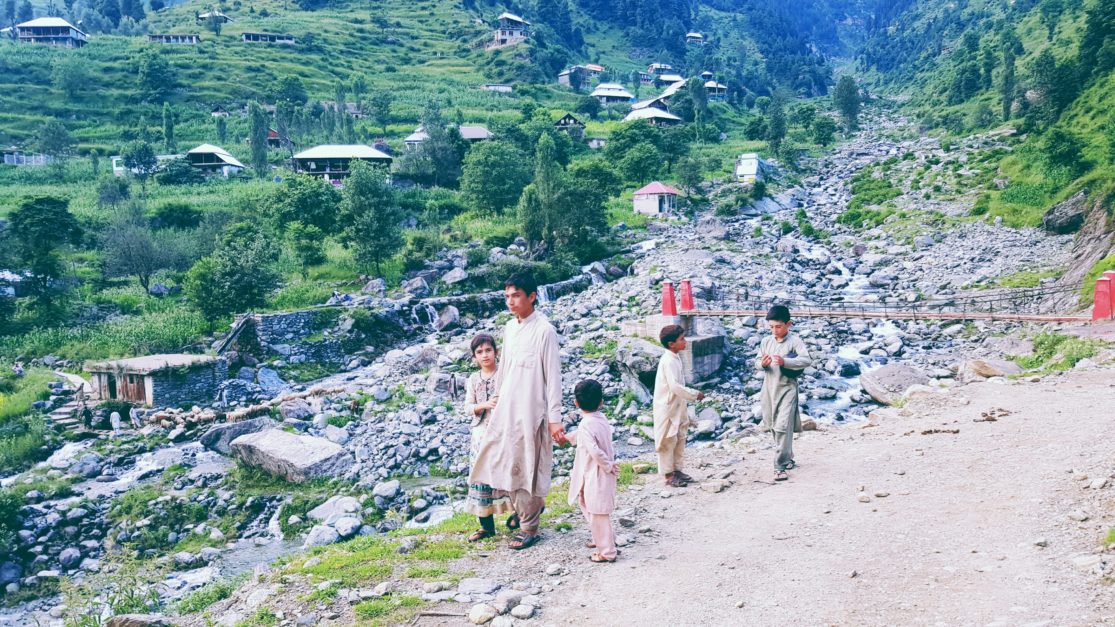
How to Reach Shangla?
Reaching Shangla District involves travelling through scenic routes and can be an adventurous journey due to its mountainous terrain. Here’s a detailed guide on how to get there:
By Road
- From Islamabad
-
Route 1: Via M-1 Motorway and Karakoram Highway
- Distance: Approximately 225 km
- Duration: Around 5-6 hours
- Directions:
- Take the M-1 Motorway from Islamabad towards Peshawar.
- Exit at Burhan Interchange to get on the Hazara Motorway (M-15).
- Continue on M-15 until you reach Thakot.
- From Thakot, take the Karakoram Highway (N-35) towards Besham.
- From Besham, follow the local road signs leading to different parts of Shangla District.
-
Route 2: Via Swat Expressway (E-35)
- Distance: Approximately 210 km
- Duration: Around 5-6 hours
- Directions:
- Take the M-1 Motorway from Islamabad towards Peshawar.
- Exit at Swabi Interchange to get on the Swat Expressway (E-35).
- Continue on E-35 until you reach Chakdara.
- From Chakdara, follow the road to Mingora in Swat Valley.
- From Mingora, take the road towards Khwazakhela, and continue towards Shangla.
-
By Public Transport
Buses and Vans: Regular bus and van services operate from major cities like Islamabad, Peshawar, and Mingora to various parts of Shangla District. These services are usually available at main bus terminals and offer an economical means of travel.
Major bus companies and local transport operators serve Alpuri, the district headquarters, and other significant towns in Shangla.
Places to Visit in Shangla District
Shangla District, with its lush green valleys, towering mountains, and rich cultural heritage, offers several tourist attractions.
Here are some must-visit places within Shangla:
Yakhtangay Top
A high-altitude peak offering panoramic views of the surrounding mountains and valleys. It is ideal for trekking and nature walks.
Ajmir Valley
It is known for its picturesque landscapes, thick forests, and tranquil environment, which make it perfect for hiking, camping, and picnicking.
Lelonai
It is a beautiful village known for its lush green fields, fruit orchards, and traditional wooden houses. Offers a glimpse into the local lifestyle and culture.
Alpuri
The district headquarters, Alpuri, is a small town surrounded by scenic mountains. It serves as a base for exploring other parts of Shangla.
Besham
Located on the Karakoram Highway, Bisham is a bustling town with markets and restaurants. It’s an important stop for travellers heading towards Gilgit-Baltistan.
Puran Valley
Known for its fertile land and agricultural activities. The valley is dotted with terraced fields and offers serene landscapes.
Pir Sar
A historical site with religious significance. Known for its spiritual atmosphere and scenic surroundings.
Khana Khora
It is a beautiful spot famous for its waterfalls and natural beauty. It is ideal for day trips and nature photography.
Dandai
A quaint village known for its peaceful environment and traditional way of life. Visitors can enjoy the simplicity and charm of rural Shangla.
Martung
Famous for its rugged terrain and scenic beauty. Great for adventure enthusiasts looking to explore off-the-beaten-path trails.
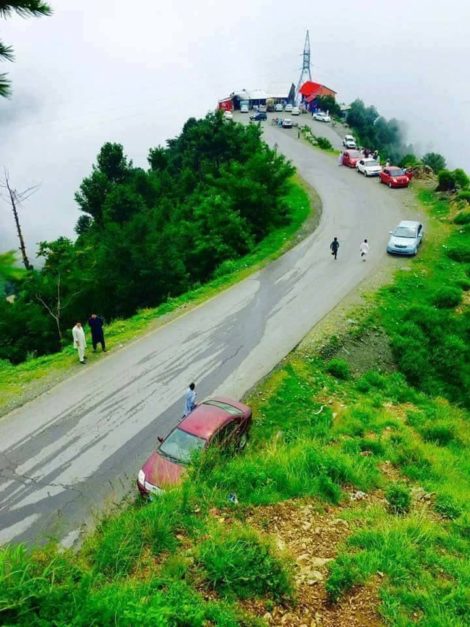
Socio-Economic Overview
Shangla’s economy is primarily agrarian, with agriculture being the mainstay for most of the population. Key economic activities include:
- Agriculture: The fertile valleys support the cultivation of wheat, maize, vegetables, and fruits like apples and apricots.
- Livestock: Rearing of livestock, including goats, sheep, and cattle, plays a crucial role in the local economy.
- Forestry: Timber extraction and non-timber forest products contribute to the livelihoods of many residents.
- Tourism: The district’s natural beauty and historical sites hold immense potential for tourism development, which remains an emerging sector.
Challenges and Opportunities
Despite its natural and cultural wealth, Shangla faces several challenges:
- Infrastructure: Inadequate infrastructure, especially in remote areas, hampers development.
- Education: Access to quality education remains limited, with a need for more schools and educational programs.
- Healthcare: Healthcare facilities are insufficient, necessitating improvements in medical services and outreach.
However, these challenges also present opportunities for growth and development. Investment in infrastructure, education, healthcare, and tourism can unlock Shangla’s potential and improve the quality of life for its residents.
Hotels in Shangla
Shangla District, though relatively less commercialized than other tourist regions in Pakistan, offers several accommodation options for visitors. Here are some of the notable hotels and guesthouses where you can stay during your visit to Shangla:
Green Hills Hotel, Alpuri
Location: Alpuri
- Centrally located in the district headquarters.
- Offers basic amenities with clean and comfortable rooms.
- Restaurant serving local and traditional Pakistani cuisine.
Shangla Heights Hotel
Location: Besham
- Located on the Karakoram Highway, making it a convenient stop for travellers.
- Spacious rooms with modern facilities.
- Beautiful views of the surrounding mountains.
Al-Manzar Hotel
Location: Besham
- Well-maintained hotel with friendly staff.
- Offers standard amenities including Wi-Fi, room service, and an in-house restaurant.
- Ideal for families and solo travellers.
Peace Hotel, Alpuri
Location: Alpuri
- Affordable rates with basic but clean accommodations.
- Located close to local markets and transport links.
- Provides local hospitality and home-cooked meals.
Mount View Hotel
Location: Puran Valley
- Set amidst the scenic beauty of Puran Valley.
- Offers serene and quiet surroundings, perfect for relaxation.
- Simple, comfortable rooms with essential facilities.
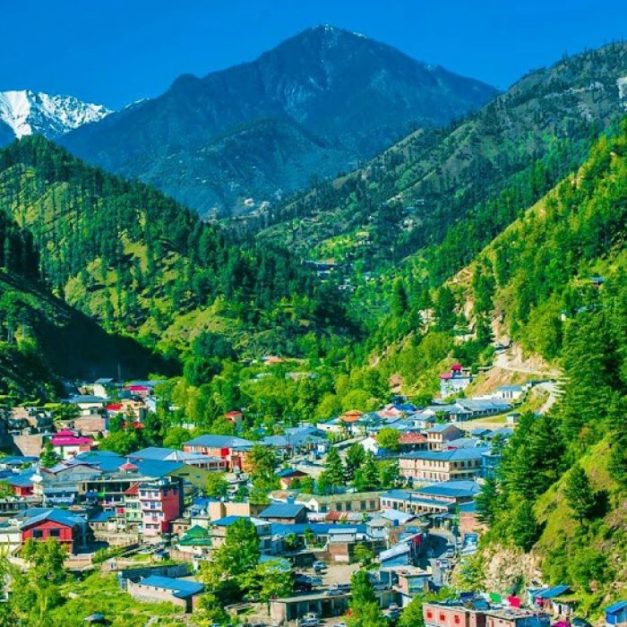
Conclusion
Shangla District, with its stunning landscapes, rich cultural heritage, and evolving administrative framework, stands as a region of immense potential and beauty. Understanding its geographical, historical, cultural, and administrative dimensions provides a comprehensive picture of this unique district in Pakistan.
As Shangla continues to navigate its challenges and leverage its opportunities, it holds promise for a brighter and more prosperous future.
FAQS
1. Where is Shangla District located?
Shangla District is in Pakistan’s Khyber Pakhtunkhwa (KPK) province. It is situated in the northwestern part of the country and is bordered by Swat, Kohistan, and Buner districts.
2. What is the best time to visit Shangla?
The best time to visit Shangla is from April to October. During these months, the weather is pleasant, and the area’s natural beauty is at its peak. Winters can be harsh with heavy snowfall, which may block roads and make travel difficult.
3. How can I reach Shangla?
Shangla can be reached by road. You can drive from Islamabad via the M-1 Motorway and Karakoram Highway or via the Swat Expressway. Public transport, such as buses and vans, is also available from major cities like Islamabad, Peshawar, and Mingora.
4. What are the main attractions in Shangla?
Some of the main attractions in Shangla include Yakhtangay Top, Ajmir Valley, Lelonai, Alpuri, Puran Valley, and Khana Khora. These places offer scenic beauty, trekking opportunities, and a glimpse into the local culture.
5. What accommodation options are available in Shangla?
Shangla offers a range of accommodation options, including Green Hills Hotel in Alpuri, Shangla Heights Hotel in Besham, Al-Manzar Hotel in Besham, Peace Hotel in Alpuri, Mount View Hotel in Puran Valley, and Samar Bagh Guest House in Lelonai. These hotels provide basic to comfortable amenities.
6. What languages are spoken in Shangla?
The primary languages spoken in Shangla are Pashto and Kohistani. The local population also widely understands and speaks Urdu.
7. What is the local cuisine like in Shangla?
The local cuisine in Shangla includes traditional Pashtun dishes such as Chapli Kebabs, Mutton Karahi, and various types of bread. Local hotels and guesthouses typically serve these traditional foods.
8. Is Shangla safe for tourists?
Shangla is generally safe for tourists. However, it is always advisable to check the current security situation before travelling and to follow any travel advisories issued by local authorities.
For more details visit Graana blog.
